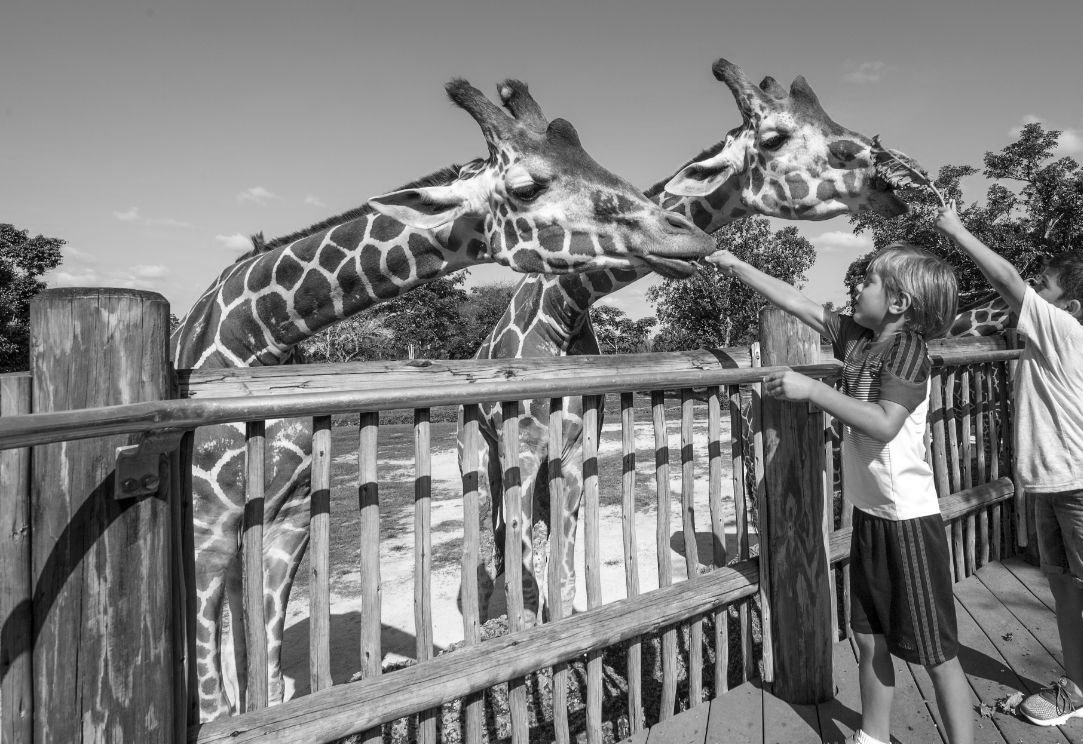While we don’t know who built the very first zoo or when or where it was built, we do know that zoos are very ancient and that human fascination with animals dates back to the dawn of humanity. (For example, cave paintings that are up to 40,000 years old contain more images of animals than people.) The earliest zoos were kept by royalty and were generally not open to the public. Archaeological digs in the ancient Egyptian city of Nekhen revealed the remains of captive hippos, baboons, and elephants in buildings that date from around 3500 B.C. Sadly, these animals likely had difficult lives, as their remains show evidence of severe injuries. It is thought that the first public exhibit of animals may have been created by Egypt’s Queen Hatshepsut around 1480 B.C. Researchers believe the animals may have been brought back from an expedition to Punt (likely modern-day Eritrea) to show off her wealth and right to rule. In China, Emperor Wen-Wang built the Garden of Intelligence around 1060 B.C., which included deer, birds, and fish. Much later, England’s King Henry I set up his own menagerie around 1100. His collection included tigers, lions, camels, and porcupines. The royal menagerie was eventually moved to the Tower of London in 1235 and remained there for 600 years. This was one of the earliest zoos that was regularly open to the public. At one time, the cost of admission for public visitors was either a small fee or a stray dog or cat to feed to the lions. In the late 1500s, Montezuma II kept a zoo in Tenochtitlan that included birds, carnivorous mammals, and snakes. It was reportedly so large that 300 people were employed to take care of the animals there and Montezuma was so proud of it that he personally gave a tour to the first Europeans to arrive. Although the Spanish wrote about how much they admired the zoo, it was destroyed by Cortés and his soldiers in 1591. The oldest continuously operating zoo in the world is Vienna’s Schönbrunn Zoo, which was established in 1752. It was the first zoo to utilize design innovations like keeping animals in naturalistic settings and putting several species together in one enclosure. Sadly, many early zoos did not treat their animals well. Today, this has thankfully changed — at least when it comes to accredited zoos. (Sadly, there are still many unaccredited zoos out there that do not treat their animals well. For concerned visitors, most accredited zoos will post their affiliations prominently on their websites. In America, the Association of Zoos and Aquariums (AZA) is a good credential to look for.) Today's accredited zoos do not only provide educational, family-friendly fun, but are usually focused on protecting endangered species and often work together on specific conservation plans and programs.

Your go-to guide for weird history facts
Subscribe to the FREE daily email that makes learning about history fun.


